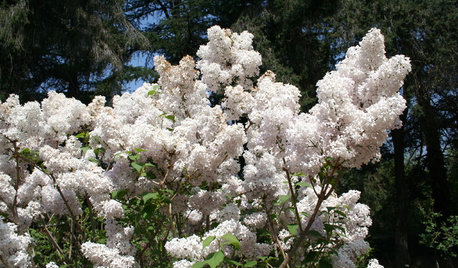Hey everyone,
I have a 10' x 12' NFT system with Amhydro channels and a buried 50gal drum. I am using Peters professional hydroponic special, magnesium sulfate, calcium nitrate.
We have been growing lettuce with really good results without monitoring pH very much, changing out the reservoir often.
Lately I have been checking the pH and it keeps rising to around 7.6 after running for a day. The PPM is dropping, so I imagine the plants are using up the more acidic elements causing the pH to rise, but this seems like there is something else going on. I use sulfuric acid to drop the pH and it keeps going back up.
Is this normal with NFT systems? My Kratky Floating raft system stays at a stable pH level with the same nutrients. I am wondering if the algae in the NFT is causing this. Any advice would be greatly appreciated.








scfalconry
scfalconry
Related Professionals
Elwood Landscape Architects & Landscape Designers · Mount Wilson Landscape Architects & Landscape Designers · Brooklyn Center Landscape Architects & Landscape Designers · Canton Landscape Contractors · Stamford Landscape Contractors · Holtsville Landscape Contractors · Lewisville Landscape Contractors · Peoria Landscape Contractors · Pikesville Landscape Contractors · Pompton Lakes Landscape Contractors · Thornton Landscape Contractors · Tinton Falls Landscape Contractors · Kingsburg Landscape Contractors · Hawaiian Gardens Landscape Contractors · North Bellport Outdoor Lighting & Audio Visual SystemsRio_Grande
frontyardfarmOriginal Author